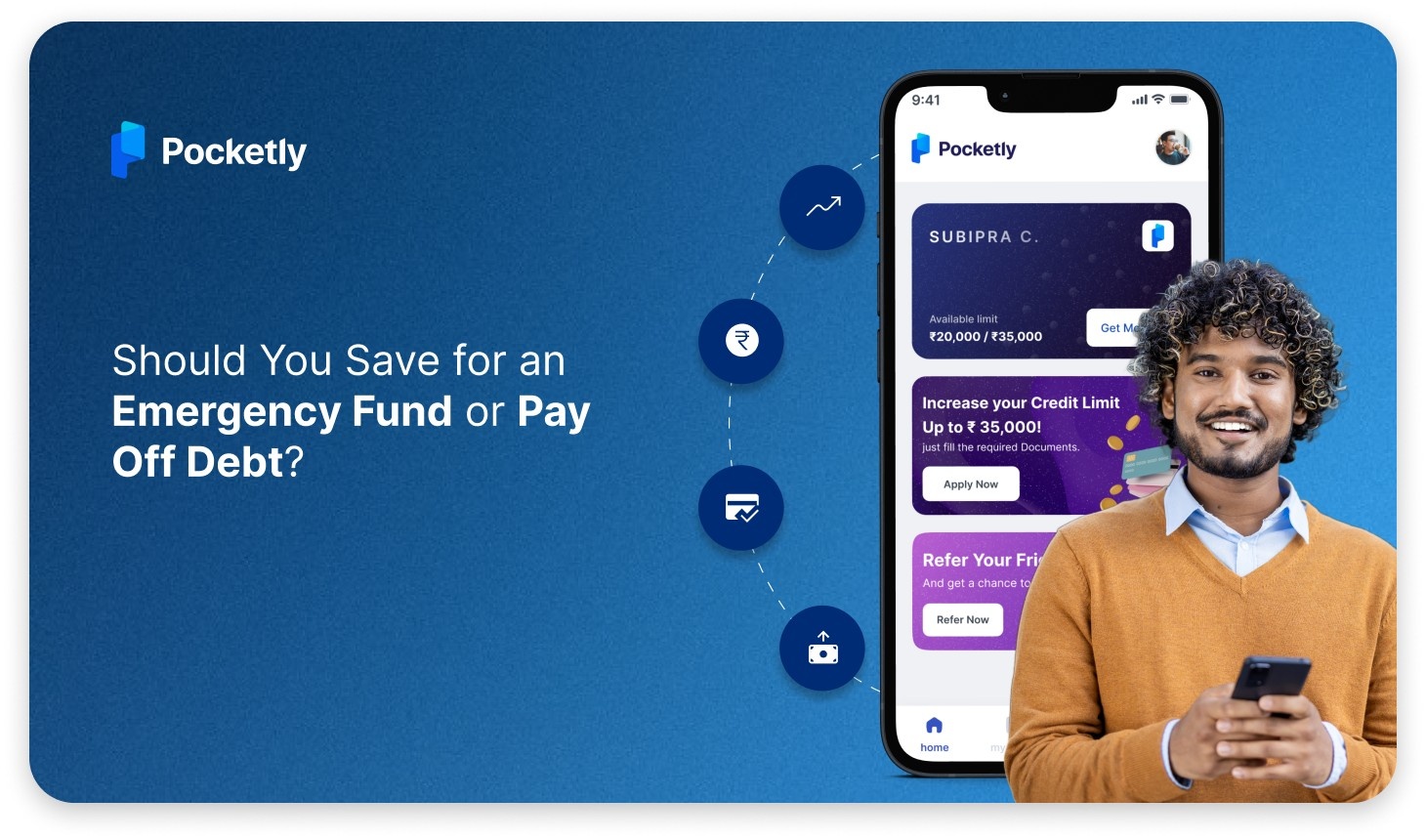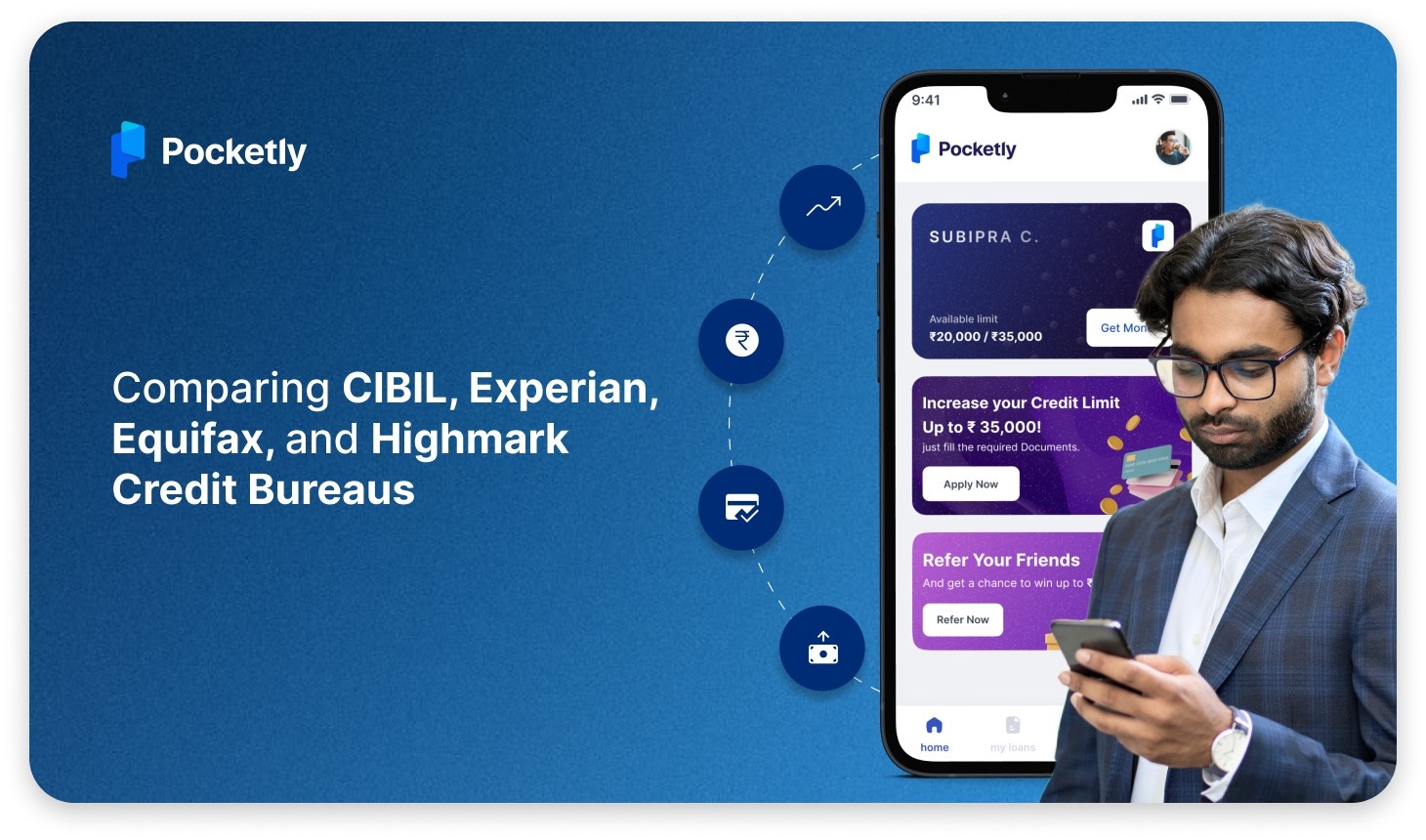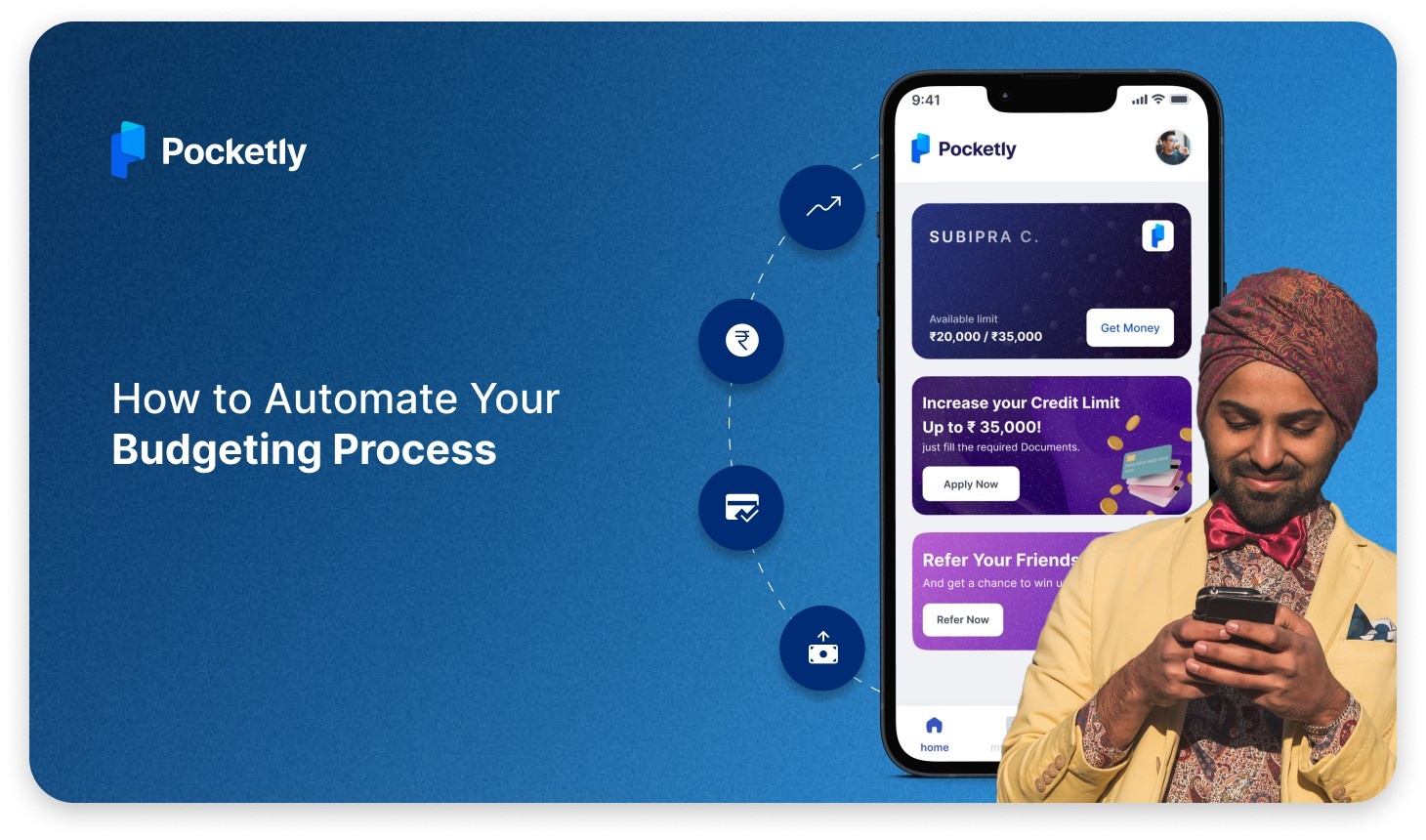
If you've ever come across the term "CIF Number" while dealing with your bank, you might have wondered what it means and why it's important. Simply put, the CIF full form is Customer Information File. This unique identifier is assigned to every customer by their bank and plays a vital role in streamlining banking services.
Think of it as your banking ID card—it contains all the essential information related to your accounts and personal details, ensuring a personalised and seamless banking experience. In this guide, we’ll break down everything you need to know about CIF numbers, including their uses, how to locate them, and their importance in secure banking operations.
What is a CIF Number?
A CIF number, or Customer Information File number, is an 11-digit unique identifier that acts as a key to your banking profile. It’s like your personalised banking ID, used by banks to efficiently store and retrieve all your financial and personal information. This number consolidates your banking details—everything from your personal information to your account specifics—making it much easier for banks to manage and access your records.
Unique to Each Customer
Unlike account numbers that can vary for every account, the CIF number stays the same for all accounts held by an individual in the same bank. It acts as a permanent identifier, ensuring that all your banking activities are linked seamlessly.
Centralised Data Management
The CIF number enables banks to have a centralised repository of your financial profile. This means faster and more personalised services, as all your information is easily accessible in one place.
Components of the CIF Number
Your CIF number isn’t just a random set of digits—it’s like a digital vault for all your banking details. Here’s what it typically includes:
- Personal Information: Details such as your name, address, phone number, email ID, and date of birth.
- Account Information: Covers your account numbers, account types (e.g., savings, current), and current balances.
- Banking Details: Information about loans, credit cards, Demat accounts, and KYC (Know Your Customer) documents linked to your banking profile.
This comprehensive repository allows banks to offer tailored services and streamline their processes, making your banking experience smoother and more efficient.
What is the Importance of a CIF Number?
Your CIF number, or Customer Information File number, is like the master key to your banking profile. It may not be something you use every day, but behind the scenes, it plays a vital role in making your banking experience smooth, secure, and efficient. Let’s break down why this little number matters so much.
1. Centralised Record Keeping
Think of the CIF number as your digital banking ID. It consolidates all your personal and financial details into one central file, ensuring that your information is organised and easy for the bank to access. Whether you’re applying for a loan or updating your KYC, this number speeds up the process.
2. Personalised Banking Services
Banks use your CIF number to understand your financial profile and offer services that match your needs. From recommending suitable loans to creating customised investment plans, your CIF number helps the bank serve you better.
3. Faster Transactions
Because all your details are linked to your CIF number, banks can retrieve your information instantly. This means fewer delays during transactions or service requests, saving you time and effort.
4. Enhanced Security
Your CIF number ensures that your banking details remain unique to you. It reduces the risk of data mix-ups and adds an extra layer of security to your financial profile.
5. Simplifies Multi-Account Management
If you have multiple accounts in the same bank, your CIF number acts as a unifying identifier. It links all your accounts under one number, making it easier for both you and the bank to manage them efficiently.
Why It Matters
Your CIF number isn’t just a random string of digits—it’s the backbone of your banking relationship. It helps the bank streamline services, provide tailored solutions, and keep your financial information secure.
By understanding its importance, you’ll not only appreciate how it simplifies your banking experience but also take the necessary steps to protect and use it wisely!
How to Locate Your CIF Number
Finding your CIF number is simple, and there are multiple ways to retrieve it:
- Bank Passbook or Statement: Look at the first page of your passbook or bank statement. Most banks include the CIF number here.
- Online Banking: Log in to your bank’s online portal. You’ll usually find the CIF number under the account details or profile section.
- Mobile Banking App: Open your bank’s app and navigate to account information or settings. The CIF number is often listed there.
- Customer Service or Branch Visit: If you still can’t find it, contact customer service or visit your bank branch. They’ll help you retrieve it after verifying your identity.
CIF Number Security and Confidentiality
While your CIF number isn’t used for transactions like IFSC codes, it still holds sensitive information, so safeguarding it is essential.
- For Internal Use Only: The CIF number is used by authorised bank personnel for internal processes and customer verification, not for initiating financial transactions.
- Safe Sharing with Bank Officials: You can share your CIF number with verified bank officials when required for identity verification.
- Protect Your Data: Avoid casually sharing your CIF number with others to safeguard your personal and financial information from unauthorised access.
Understanding and managing your CIF number not only ensures a seamless banking experience but also helps you keep your financial information secure. Whether you’re accessing services online or visiting your local branch, this number is your gateway to efficient and personalised banking.
Always keep it handy, but safe!
Difference Between CIF Number and IFSC Code
It’s common for people to mix up CIF numbers and IFSC codes, but these two serve completely different purposes in banking. While both are essential for smooth operations, their roles and functions differ significantly.
Let’s break it down for better clarity:
| Aspect | CIF Number | IFSC Code |
| Definition | A customer-specific identifier | A branch-specific code for routing transactions |
| Contains Information About | Personal and banking details | Bank branch for NEFT/RTGS/IMPS transactions |
| Applicability | Unique to each customer | Shared by multiple customers at the same branch |
| Purpose | Used for internal customer data management | Used for interbank and intrabank fund transfers |
Why It’s Important to Know the Difference
- For Banking Transactions: When transferring money electronically, the IFSC code is a must, as it ensures the funds are directed to the correct branch.
- For Account Management: The CIF number helps banks manage individual customer profiles efficiently, offering personalised services and secure data handling.
Understanding these distinctions ensures you use the right code or number for the correct purpose, making your banking experience seamless and error-free.
Pros and Cons of Using a CIF Number
The Customer Information File (CIF) number simplifies banking and provides essential insights for managing your financial profile. While there are many advantages, it's worth considering a few drawbacks too. Let’s explore them below.
Pros of Using a CIF Number
- Unified Banking Records
- It consolidates all your financial details—personal, account, and loan-related—under one identifier, reducing administrative hassles.
- Customised Services
- Banks use your CIF number to offer tailored recommendations, like specific loans or investment opportunities that match your financial profile.
- Streamlined Banking Processes
- Whether applying for a loan or updating your KYC, the CIF number enables faster transactions by providing instant access to your information.
- Multi-Account Linking
- If you hold multiple accounts with the same bank, the CIF number ties them together, simplifying account management.
- Secure Customer Identification
- The unique number ensures that your details remain distinct and protected, reducing the chance of errors or mix-ups.
Cons of Using a CIF Number
- Privacy Concerns
- Centralising your data under one number increases the responsibility of banks to maintain robust cybersecurity measures.
- Bank-Specific Limitation
- The CIF number is specific to each bank, meaning you’ll need a new one if you open accounts with other banks.
- Impact of Errors
- Mistakes in your CIF record can affect all linked accounts, so regular checks are necessary to ensure accuracy.
- Dependence on Bank Systems
- Technical issues at the bank can temporarily disrupt your access to financial services tied to your CIF.
- Confusion for New Users
- People new to banking might find the concept of CIF numbers confusing without proper guidance from banks.
Understanding the pros and cons of a CIF number helps you make the most of your banking experience while keeping your financial information secure. But what happens when you need quick cash without the hassle?
That’s where Pocketly comes in! With minimal requirements and a fast, user-friendly process, getting a personal loan has never been easier. Here’s how you can apply:
How to Apply for a Personal Loan Online from Pocketly
Applying for a personal loan is now simple and fast. Just head to the lender's website and follow the provided steps.
Here’s how you can apply:
- Download the Pocketly App: Go to the Play Store or App Store and start downloading the Pocketly app, then simply sign up using your mobile number.
- Provide Basic Details: Enter information such as your name, address, and employment details.
- Choose Loan Amount & Tenure: Select your loan amount, ranging from ₹1,000 to ₹25,000, and the repayment tenure.
- Upload Documents: Simply submit basic documents, such as your ID proof and salary slips, directly through the app.
- Approval & Disbursal: Once verified, the loan amount is credited to your bank account instantly.
If you're tired of the hassle of dealing with credit score and need an instant loan of up to ₹25,000, Pocketly has your back! With interest rates starting as low as 2%, it’s never been easier to get what you need fast and stress-free.
Also, learn more about applying for personal loans with our guide on Applying for Online Personal Loans in India.
Conclusion
Your CIF number might seem like just another number in the banking world, but it’s a cornerstone of your financial interactions. From streamlining your banking processes to enhancing the security and personalisation of services, the CIF number plays a pivotal role in making your banking experience smoother and more efficient.
By understanding its importance, you can better navigate your financial landscape and ensure that your banking records are accurate and secure.
But what if you need quick financial assistance without the usual banking hassles? That’s where Pocketly comes in! With its seamless loan application process and instant disbursals, Pocketly makes accessing funds more accessible than ever. Whether you’re dealing with unexpected expenses or looking to manage your finances better, Pocketly is here to support you every step of the way.
Ready to simplify your financial journey? Download the Pocketly app today and experience hassle-free borrowing tailored to your needs!
FAQs
Who can apply for a loan with Pocketly?
Anyone aged 18 and above with a stable income can apply for a Pocketly loan. Whether you’re a student, a young professional, or looking to rebuild your credit, Pocketly is designed to help a wide range of borrowers.
What loan amounts does Pocketly offer?
Pocketly offers flexible loan amounts from ₹1,000 to ₹25,000, catering to various financial needs, whether it’s for a small emergency or a short-term financial gap.
How quickly can I get the funds from Pocketly?
Once your application is approved, Pocketly disburses the funds instantly to your bank account, often within minutes, ensuring you get the financial support you need without delay.
What is a CIF number?
A CIF number, or Customer Information File number, is your unique identifier at a bank. It gathers all your personal and financial details, making it easier for the bank to manage your accounts efficiently.
How is CIF different from an account number?
Unlike your account number, which is specific to each account, your CIF number stays the same across all your accounts in the same bank, linking them together under one profile.
Can I have multiple CIF numbers in the same bank?
No, each customer is assigned only one CIF number per bank. This ensures that all your financial activities are unified and securely managed.
Is it safe to share my CIF number?
Yes, but only with authorised bank staff. It’s important to keep your CIF number confidential to protect your personal and financial information from unauthorised access.
How do I update my CIF information?
To update details linked to your CIF number, visit your bank branch, use the online banking portal, or contact customer service. Keeping your information current ensures seamless banking services.
Are there hidden fees with Pocketly?
No, Pocketly is committed to transparency. All fees, including interest rates and processing charges, are clearly outlined during the application process, so there are no surprise costs later on.
How secure is my information with Pocketly?
Pocketly uses advanced security measures to protect your personal and financial information. Your data is encrypted and handled with the utmost confidentiality, ensuring it remains safe throughout the loan process.















